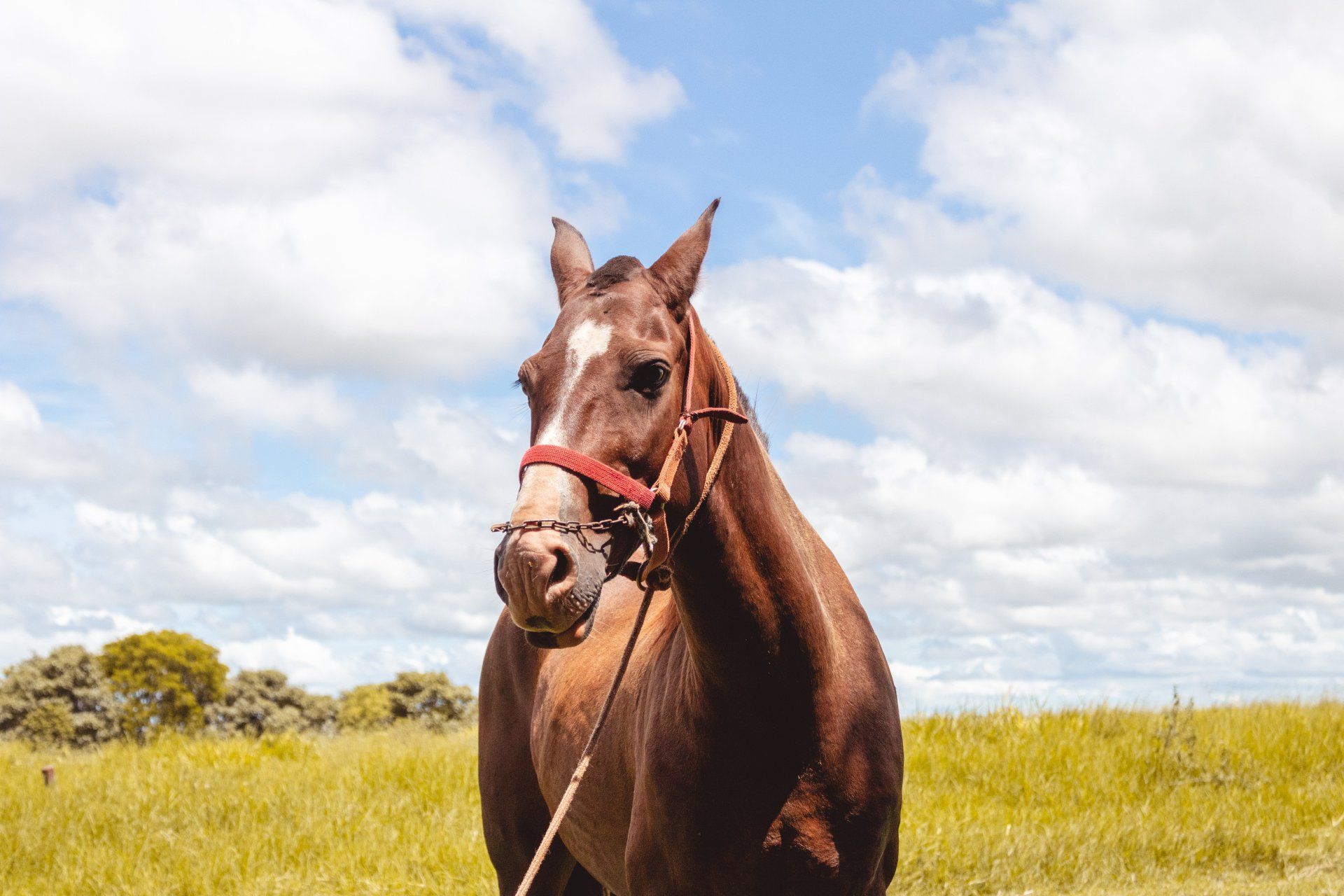Canine Behavior, How I got started.
How I became Intersted in Canine Behavior Training
A Story by Dr. Greg Roadruck
When I first started at Orrville Veterinary Clinic, there were five Veterinarians. At that time, only one veterinarian split their time evenly between small and large animal. The other four veterinarians primarily spent their time with large animals out on the farms of Wayne and Holmes counties. We would do around 15-20 calls per day, often treating one animal per call. This made for a lot of driving. At the veterinary clinic, there was no technician to help hold animals, so we would ask an owner to restrain their dog. Too many would say, "No he'll bite me." That's when I decided that somebody is probably going to get hurt. I decided it was better for me to stay out in the country.
Along comes Dr. Gabe Middleton who loved large animal work, especially dairy and equine medicine. I was afraid he'd leave if not given more large animal work, so I volunteered to move to more small animal medicine. Due to my past experiences, I had visions of hooks in the walls to tie aggressive dogs for restraint. Luckily, some Caesar Milan DVDS were lent to me and my thought processes changed. Some of my associates may admit they thought this behavior training was, "kooky talk."
Canine behavior has become my passion, so I can talk 24/7 about it. A lot of this you may already do by instinct, so hopefully I will just reinforce what you already do. Be aware I am certainly not an expert and am learning very single day. Below are 5 quick tips that I find helpful as I continue to focus more and more on canine behavior:
- Proper dog etiquette means not approaching a dog directly, especially if you come up to a dog from the front and above them. Typically dogs approach each other in a circular path. When I enter a room, I prefer (for nervous dogs) that the dog is located on the floor. At the beginning, I totally ignore the dog and chat with the owner. If the dog doesn't approach me, I have the owner walk to me and around. This makes it such that the dog must move and is not able to cower behind the owner.
- With a very aggressive dog, I try to be in the room first, so they invade my space instead of me invading their space. I am never afraid to muzzle a dog, as it does take them out of gear. My policy is if an owner can't muzzle their own dog, we may not accept them as a patient. I make exceptions, but don't expect anyone else to. I try to take an aggressive dog for a walk outside and perform my "Behavior Walk." Many have come in muzzled with the owner holding the dog back. If this is the case, I usually have owners let the dog go. I feel that if you hold me back, I might act really tough, but if you let go I’m usually not that tough.
- Next, I offer treats because eating tends to relax dogs. Extremely nervous dogs probably won't eat. I don't make a big fuss about a dog not taking my treats. Since I like to relate things to my own experiences, I explain to the owner that I get nervous when I go to the doctor. That is in spite of the fact that I know what's going to happen in my doc-tor's appointment. That's all to relax myself and especially the owner. Dogs think that their owners are the smartest people in the world, so I tell the owner that if they are nervous, then their dog will think that this veterinary office must REALLY be BAD. The owner's state of mind is 80% of the dog's state of mind. The rest is how we are projecting ourselves.
- The treats I offer are (be sure no food allergies) Beggin' Strips, Pea-nut Butter, and Cheese Whiz. Again if they don't take it, no big deal. I also have the owner try to offer a treat to their dog. At the very least the room should become more relaxed and the dog sees the owner relaxing.
- Watch for the calming signals indicating anxiety, These include : yawning, tongue flicking, looking away, moon eye (looking up). As the dog gets more nervous, these signs may escalate starting from pulling back of upper lip, to growling, snarling and then biting. Remember: The dog is warning us, are we listening??
To learn more, Dr. Roadruck can be contacted at o2becalm@gmail.com. He is very interested in helping people and their dogs in Norton, Baberton, Akron, Wadsworth and surrounding areas Summit and Green counties.
He can schedule appointements at our other two locations as well: Seville Wadsworth Veterianry Clinic and The Orrville Veterinary Clinic.
Article was written by Dr. Greg Roadruck for use in the Orrville Veterinary Clinic's internal newsletter.
The content was modified from the original article for our websites by Dr. Jeff Fink.












